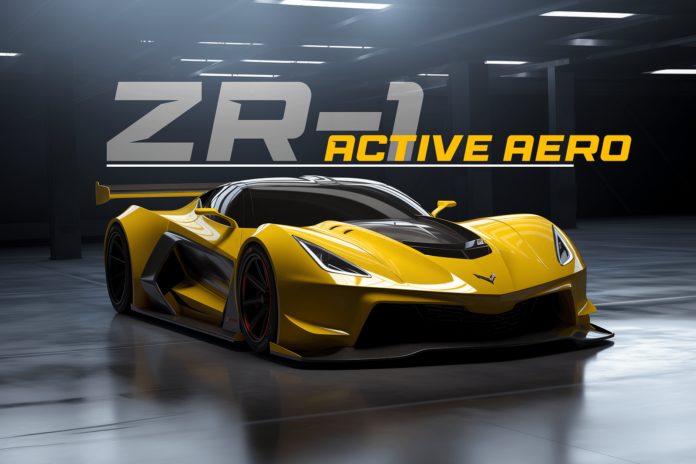In the Huayra, four individually controlled flaps move independently to adjust the aerodynamic load on each corner of the car. The flaps are controlled by their own ECU that monitors the hypercar’s speed, yaw rate, lateral acceleration, steering angle, and throttle position. This focused approach to downforce enables much finer control of the vehicle, particularly in high-speed corners.
GM’s approach is nearly identical, although it does not specifically mention individual flaps, only a front spoiler and a rear spoiler, which would align with spy shots of hardcore Corvette variants that have been spied thus far. Nevertheless, the principles discussed are clearly applicable for use in cars with multiple aero appendages so long as the software tuning is configured to match.
As far as we can tell, GM’s take on the tech is effectively the same as Pagani’s, with the major differences likely to be in how the software operates. The patent specifically mentions how the differential and spoilers would communicate with and respond to each other, while Pagani only appears to be concerned with throttle position, not power to each wheel.

